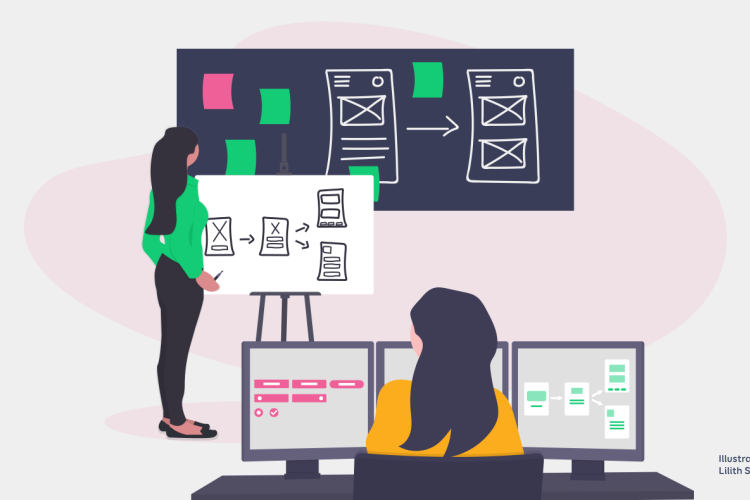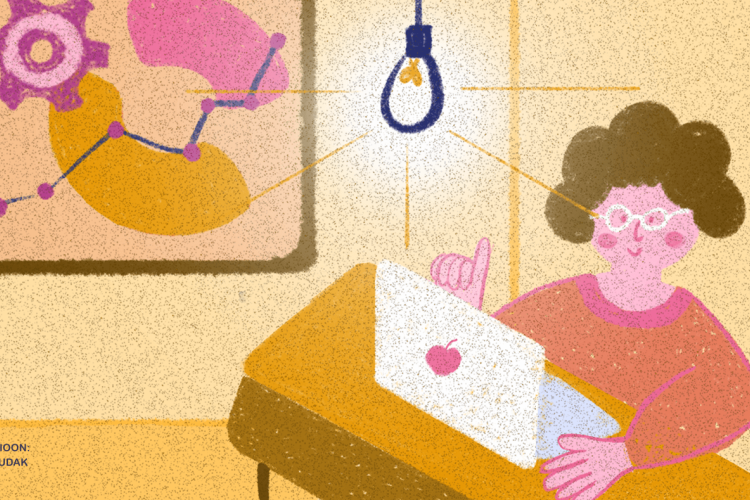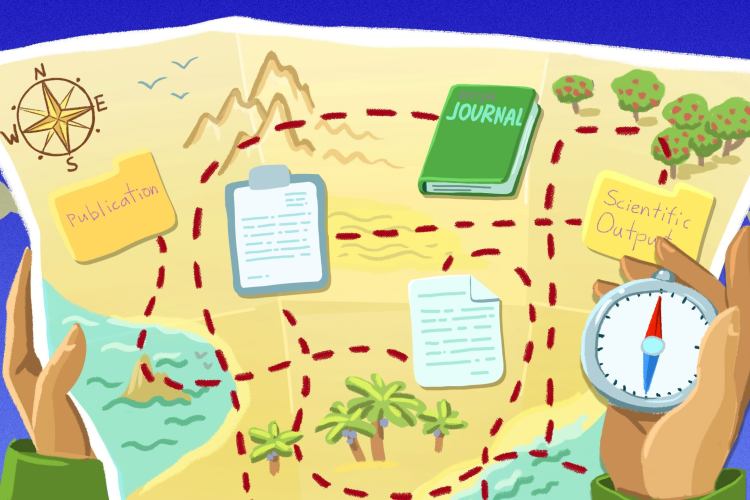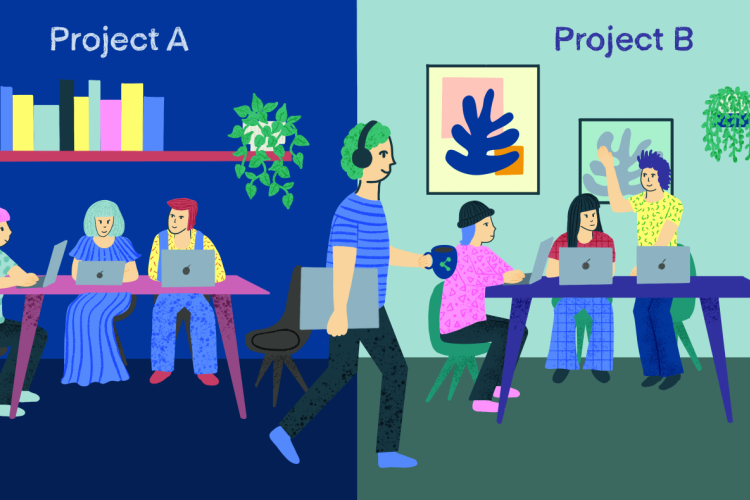Prototyping: better communication and smaller expenses
In 2007, when Steve Jobs introduced the first-ever iPhone, he seamlessly used many different iPhone models (prototypes) in his presentation.
The reason for that was simple: a single one of these iPhone could not perform every task and was not able to contain every single function of an actual iPhone. But by presenting the iPhone through prototypes, it was possible to introduce it as a complete product. Prototyping made its way into UX methodologies from product design methodologies and it helps to connect designers and developers.
Creating a prototype is a very important step in the UX process, which usually comes after the analysis for the project has been done and the client needs have been mapped, but before moving on to design and development.
In Trinidad Wiseman, we usually use Axure RP, which enables us to create high-quality prototypes fast. Our prototypes can also be used for usability testing and as input for further development. Prototypes are visual but do not yet use the final design. They help to create and test a system’s navigation, the content of various elements and their positioning etc. Prototypes provide the input necessary for the development phase.
Simply describing how a system will work once complete is usually not the most understandable way to test a product or service. However, an interactive prototype can closely simulate what will be developed in the future. Clients will then be able to share their thoughts with designers from the beginning of the project. Therefore, prototypes make communication between the client and designers easier and the client will see what the necessary steps are for product development.
Creating a user-friendly solution requires taking user needs and wants into consideration during the development process. No designer can know what the users’ actual needs and problems are without prototyping and testing first.
The main mistake that designers and developers usually make is creating a system that they think is good but where the end user has not been taken into consideration.
Developers will also benefit greatly from prototypes as these can be used as a basis for further development. Prototypes help to limit confusion about what must be done and how, and therefore, lowers the final cost of a project. Without prototyping and testing, the shortcomings and problems of a system will be identified too late and usually, the system will not be user-friendly. The proper UX methodologies were not followed and the system has to go back to the development phase.
For example, here you can see Trinidad Wiseman’s Axure RP prototype for a Ministry of Economic Affairs and Communications’ self-service system:
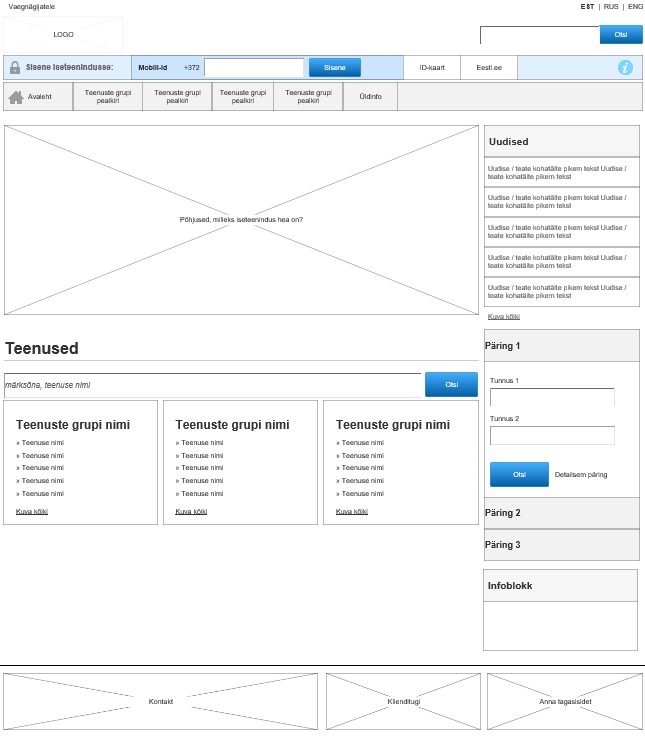
Prototyping and testing help to understand:
- how the end user uses the system;
- what the hidden problems are;
- how the interaction between the user and the application works;
- which is the best navigation and the overall structure.
Prototyping helps to already test systems and ideas during development. It will make the development process more effective and the system will suit the client’s and the user's’ needs better. Prototyping is not expensive but will help to avoid additional costs in the future that stem from a faulty development phase. Have fun prototyping!



